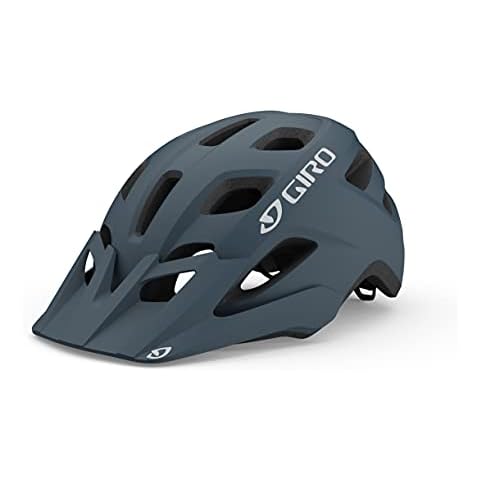Buyer's Guide: Best Bike Helmets
Why Wear a Bike Helmet?
Bike helmets are an essential piece of safety gear for anyone who rides a bicycle. Not only do they protect your head from impact in the event of a fall or collision, but they can also help to prevent serious brain injuries. In fact, according to the National Highway Traffic Safety Administration (NHTSA), wearing a bike helmet can reduce the risk of head injury by up to 85%.
Choosing the Right Fit
When it comes to choosing a bike helmet, fit is everything. A helmet that doesn't fit properly won't offer the level of protection you need in the event of a crash. To ensure the best fit, start by measuring your head. Use a tape measure to determine the circumference of your head, about an inch above your eyebrows. Once you have your measurement, consult the size chart provided by the manufacturer to find the right size helmet for you.
Types of Bike Helmets
There are several different types of bike helmets to choose from, each with its own set of advantages and disadvantages. Here are the most common types of bike helmets:
- Road Bike Helmets: These helmets are designed for road cycling and are typically lightweight and aerodynamic. They have vents to keep your head cool and an elongated shape to reduce drag while riding.
- Mountain Bike Helmets: Mountain bike helmets are designed for off-road riding and feature a more rugged design. They have more coverage than road bike helmets and often include a visor to protect your eyes from the sun and debris.
- Hybrid Helmets: Hybrid helmets are a combination of road and mountain bike helmets. They have the ventilation of a road helmet and the coverage and visor of a mountain bike helmet.
- Commuter Helmets: Commuter helmets are designed for everyday use and have a more casual, urban style. They often have features like reflective elements and integrated lights for added visibility on the road.
Safety Standards
When choosing a bike helmet, it's important to make sure it meets the appropriate safety standards. In the United States, bike helmets must meet the standards set by the Consumer Product Safety Commission (CPSC). Look for a helmet that bears the CPSC sticker, which indicates that it has been tested and certified to meet these standards.
Additional Features
In addition to fit and safety standards, there are a few other features to consider when choosing a bike helmet. Here are a few additional things to look for:
- Ventilation: A well-ventilated helmet will keep your head cool and comfortable while riding. Look for helmets with plenty of vents to allow air to flow through.
- Visor: A visor can be a helpful feature, especially for mountain bike helmets. It can protect your eyes from the sun and debris while riding.
- Adjustability: A helmet should be adjustable to ensure the perfect fit. Look for helmets with adjustable straps and a dial or other system for adjusting the fit.
- Integrated Lights: Some helmets, particularly commuter helmets, come with integrated lights for added visibility on the road.
Conclusion
Bike helmets are an essential piece of safety gear for anyone who rides a bicycle. When choosing a helmet, be sure to consider fit, safety standards, and additional features like ventilation and adjustability. By taking the time to find the right helmet, you can help to protect your head and prevent serious injuries in the event of a fall or collision.











